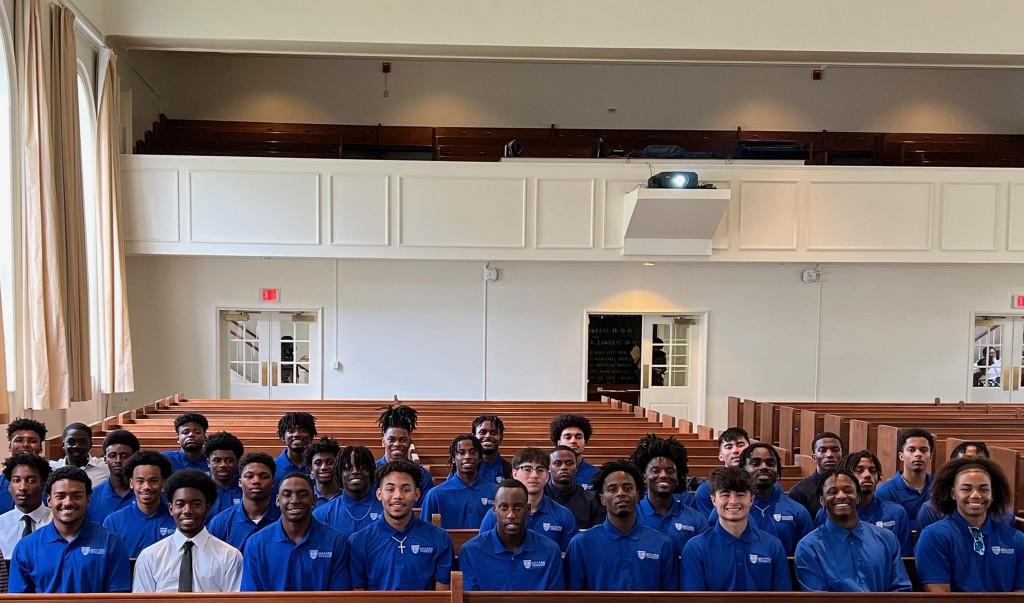President George W. Bush’s entire plan for Social Security privatization lays on the assumption that the system needs a little facelift, but a careful look at the numbers suggests that the financial crisis is greatly a fantasy.After winning the second term, President Bush has put Social Security privatization back onto the public agenda. The plan is to replace part of Social Security’s insurance system with individual accounts. If that happens, individuals will be exposed to greater costs, workers will have to accept the risks of saving for retirement and Social Security’s revenues drive will end up decreasing. Additional costs including administrative costs, insurance premiums, and transition costs will also be included. With these individual accounts, workers first will be faced with administrative costs that must be paid to the financial firms managing these accounts. According to the Congressional Budget Office, it is estimated that the cost for individual accounts such as 401 (k), is at an average of 0.8 % assets for larger plans to approximately 1% assets for smaller plans. Privatization not only will expose workers to additional risks, it also will raise the costs of saving for retirement. Numerous costs have been written in stone over the past years. Workers now will have to pay management fees for their accounts. Also, they will have to begin to pay insurance premiums to private insurance companies if they want the same level of protection that Social Security offers for themselves and families. Individuals will have to sacrifice an enormous amount to pay for the shift from one system to the other. With privatization, workers will lose a portion of a guaranteed, inflation- adjusted, lifelong monthly benefit. To reimburse for the loss, workers will have to purchase private insurance. The insurance products would be a lifetime inflation-adjusted annuity upon retirement and minimum investment guarantees according to AFL-CIO.The joint of the stock market crash and recession simply stirred up another cost. When financial assets become cheap and worth purchasing, workers will have less money to buy them due to numerous layoffs, lower wages, or fewer hours of work. Since this situation occurs on a regular basis, workers may end up saving less than they need for a decent amount of retirement money, especially since the labor market risk is not something workers can easily protect themselves from. These labor risks will not be limited to short-term fluctuations during the daily business cycles. For longer periods, many workers will experience lower earning than others. To compensate for the lost opportunities, workers will have to venture out and search for future careers with higher average earnings. The Unknown of Social SecurityMany people don’t know how drastic privatization is. In society, retirees as well as the upcoming youth will be the most affected. Privatization will cut guaranteed benefits by 40% even for workers who do not choose private accounts. According to the AFL-CIO, the average retiree will lose close to $152,000 in retirement benefits. The government will soon come and wipe out most of the value of the private account. For people who choose the accounts, the government will take back 70 cents in retirement benefits for every $1 in the account. Many individuals may also see themselves living in poverty. For retirees, taxpayers and family will have to provide assistance that also comes from the Social Security’s benefits. This change will also blow up the deficit, leaving the younger generation with $4.9 trillion in debt. For the first twenty years, the government will have start borrowing from foreigners such as China and Japan. Even though there are plenty pros and cons out in the open about privatization, many pay little attention to the key aspects of the plan. The difference between workers of 30 years and virgin workers is that they have so much invested in Social Security. Since the mid-1980s, workers of 20 years have paid the highest Social Security tax rate, and if the plan is implemented, there will be a smaller amount of time to build up a private account than younger workers will have. While there is time to strengthen Social Security instead of changing the plan, it should be done the proper way. Instead of slashing guaranteed retirement benefits, Congress needs to pay back the money borrowed from the trust fund so that "wealthy wage exemption" can occur according to the Center of American Progress. After this, CEOs have a chance to pay back the same Social Security taxes on their salaries as workers pay on theirs. Bush’s tax cuts for the top 1% can be voided so that working families can build private pensions and savings on top of the Social Security.
Categories:
The right way is the wrong way
April 1, 2005
0
Donate to Courtbouillon
Your donation will support the student journalists of Dillard University. Your contribution will allow us to purchase equipment and cover our annual website hosting costs.
More to Discover





























